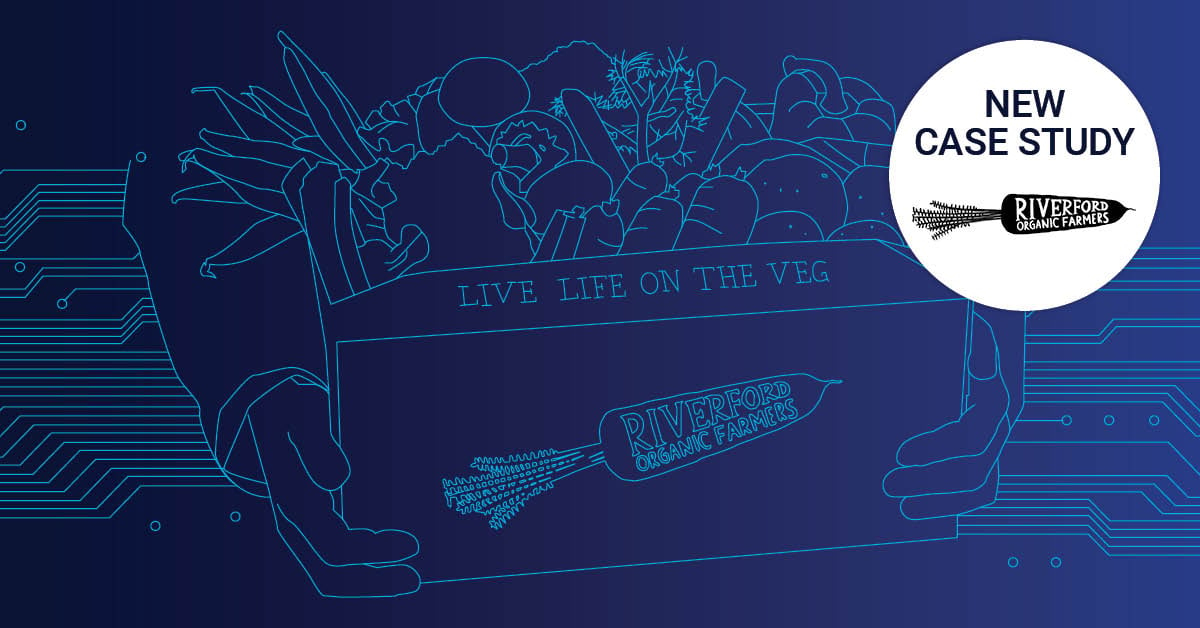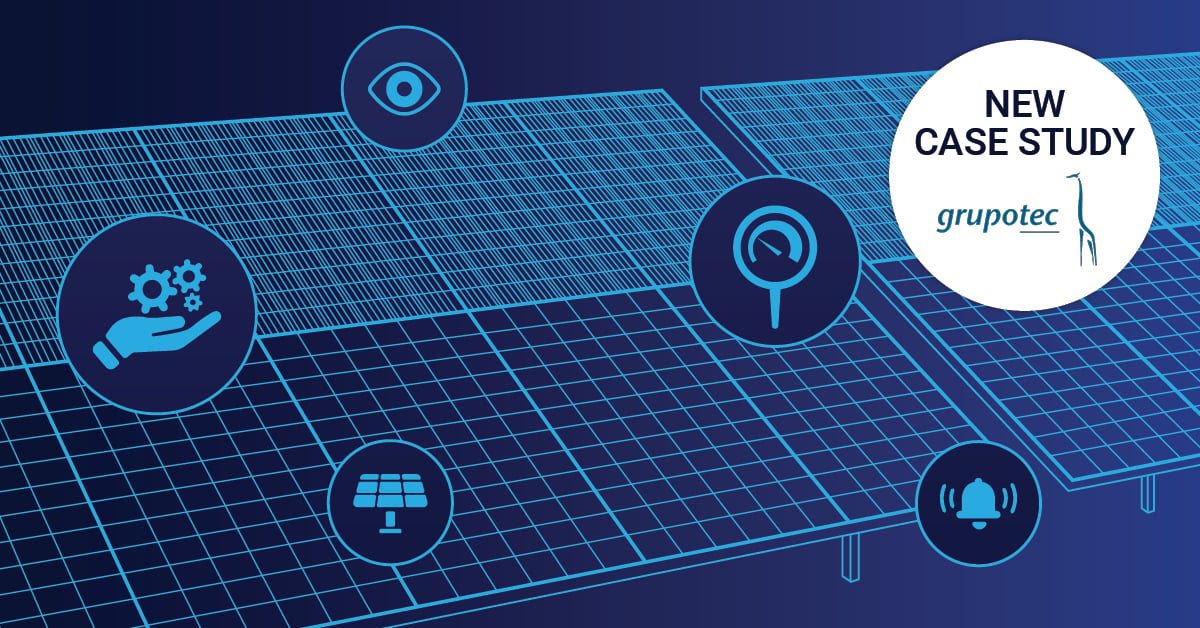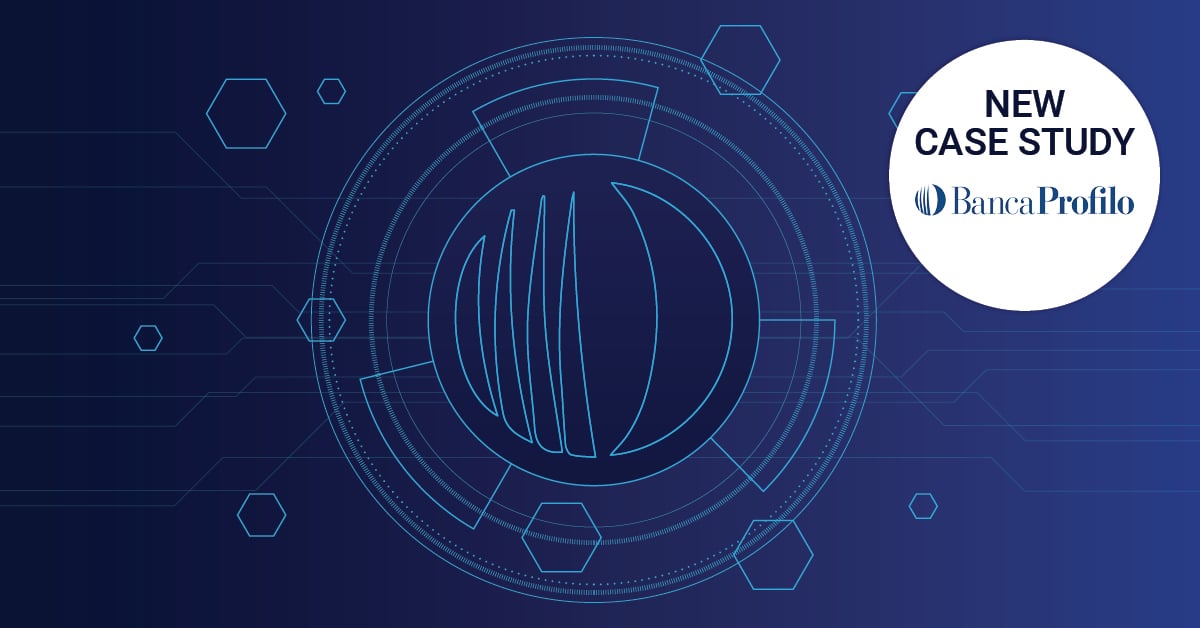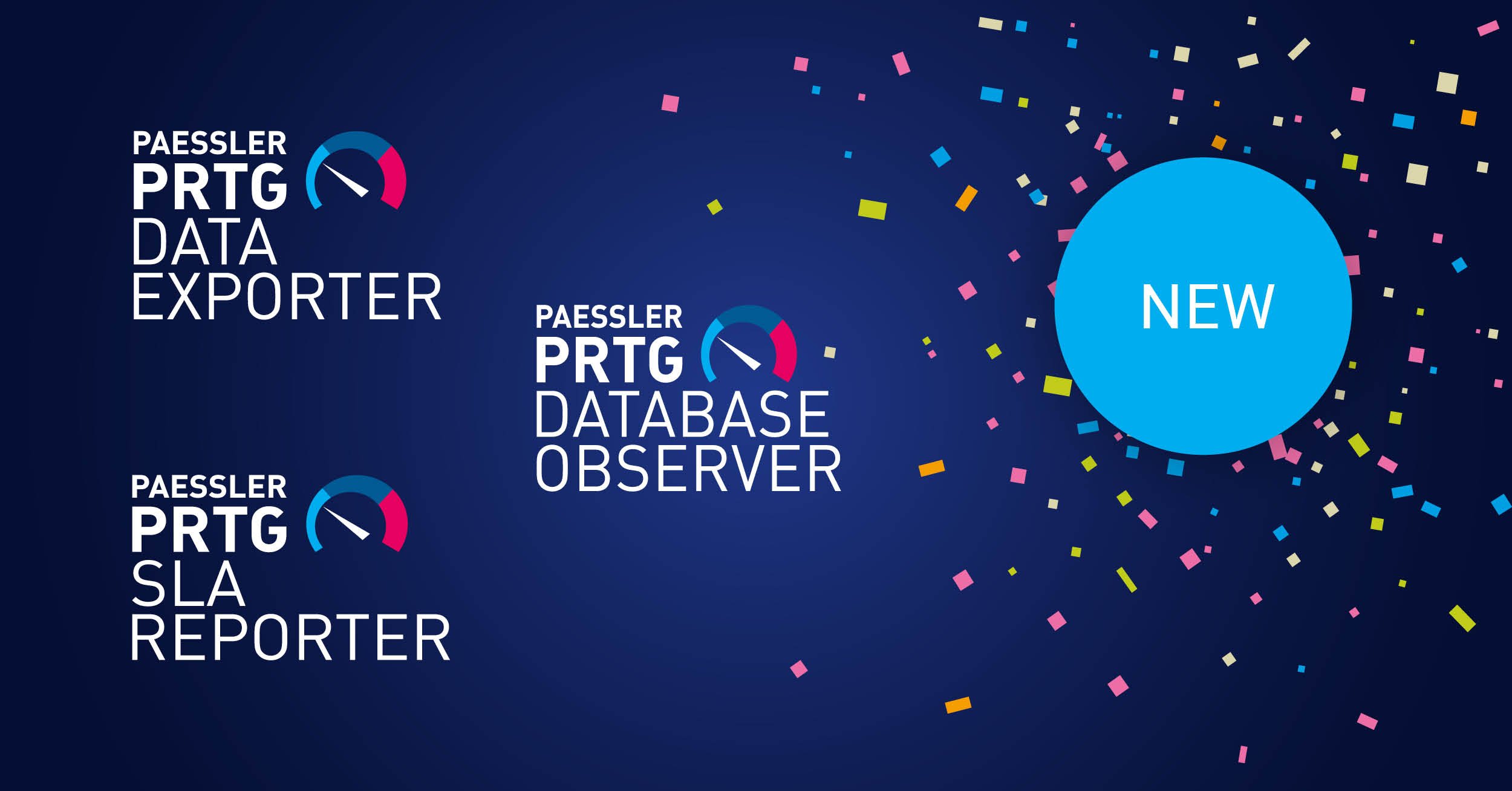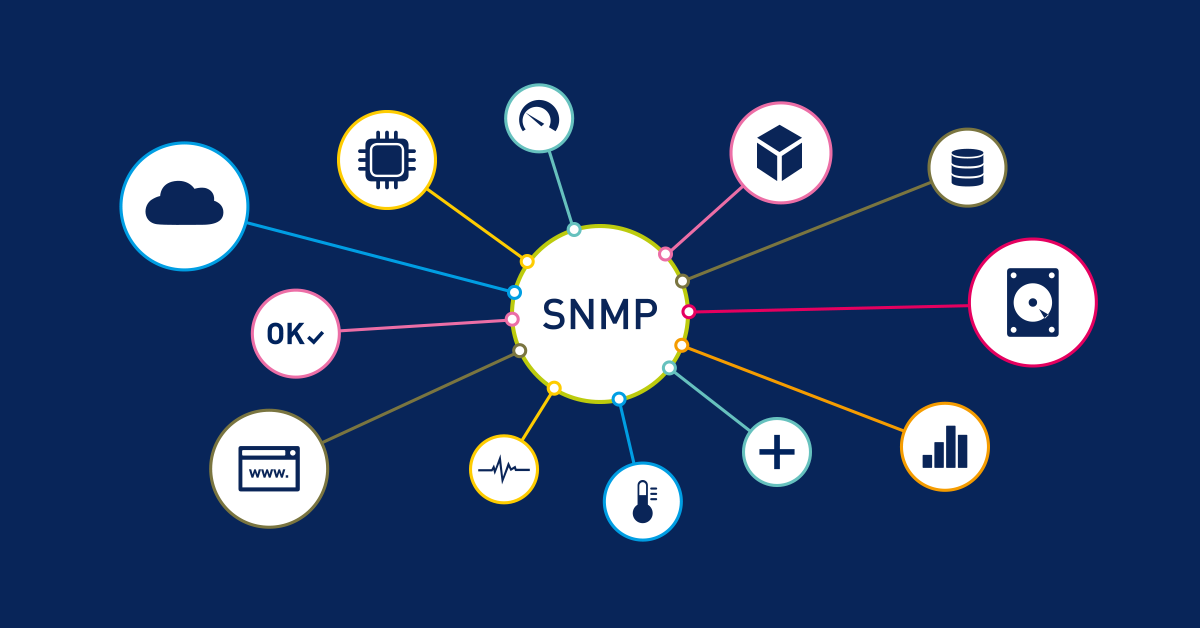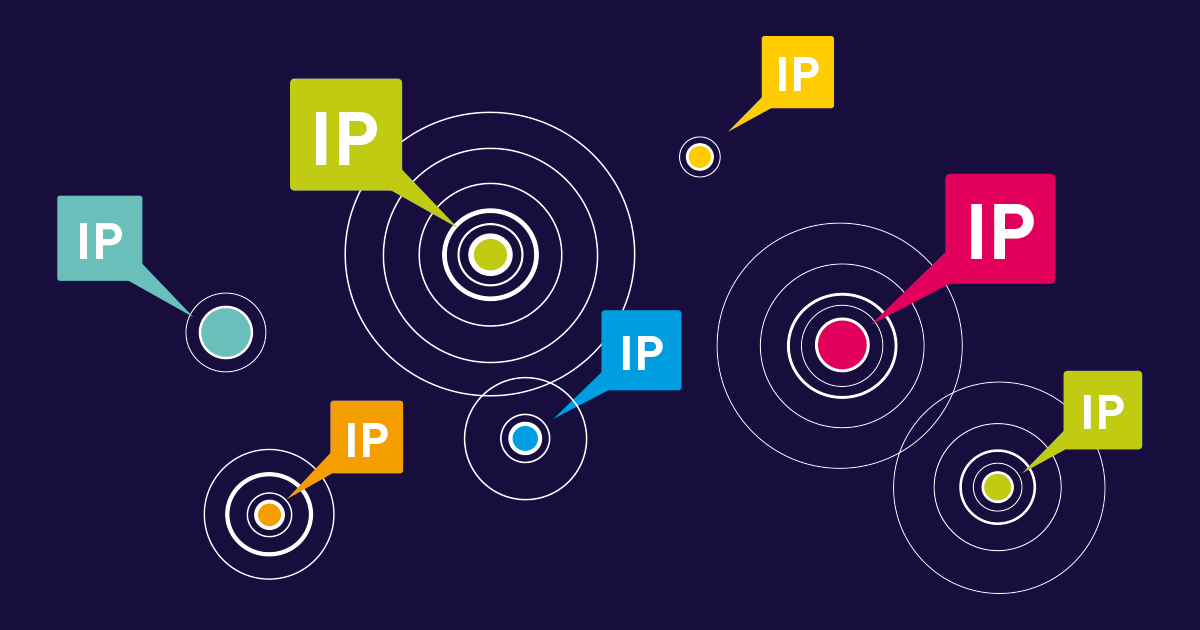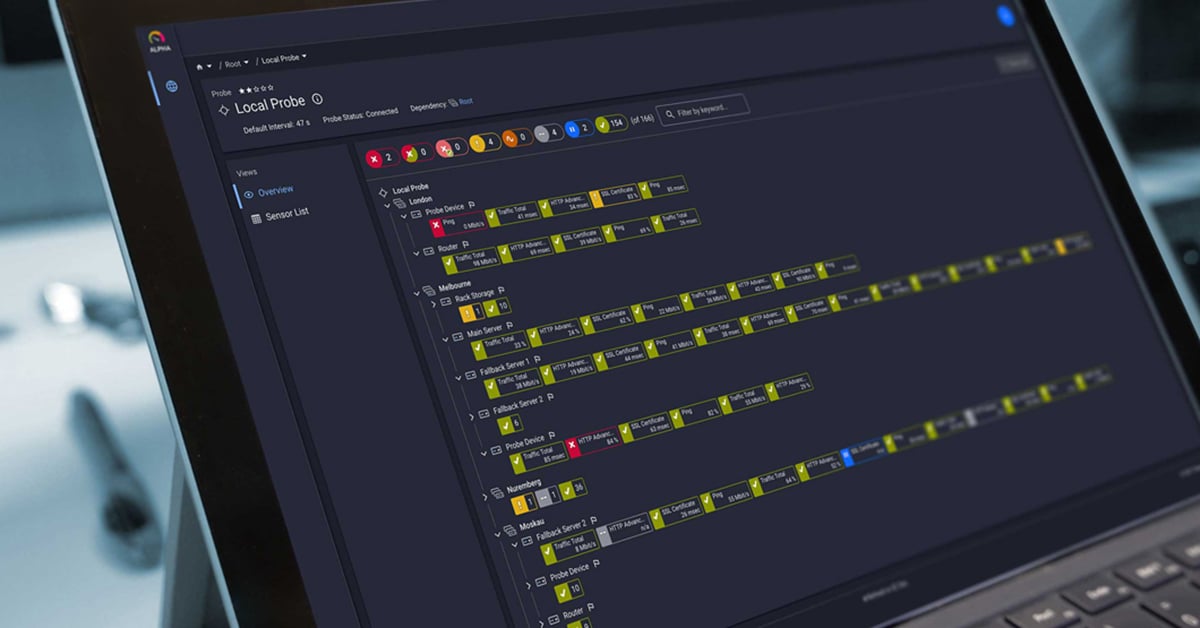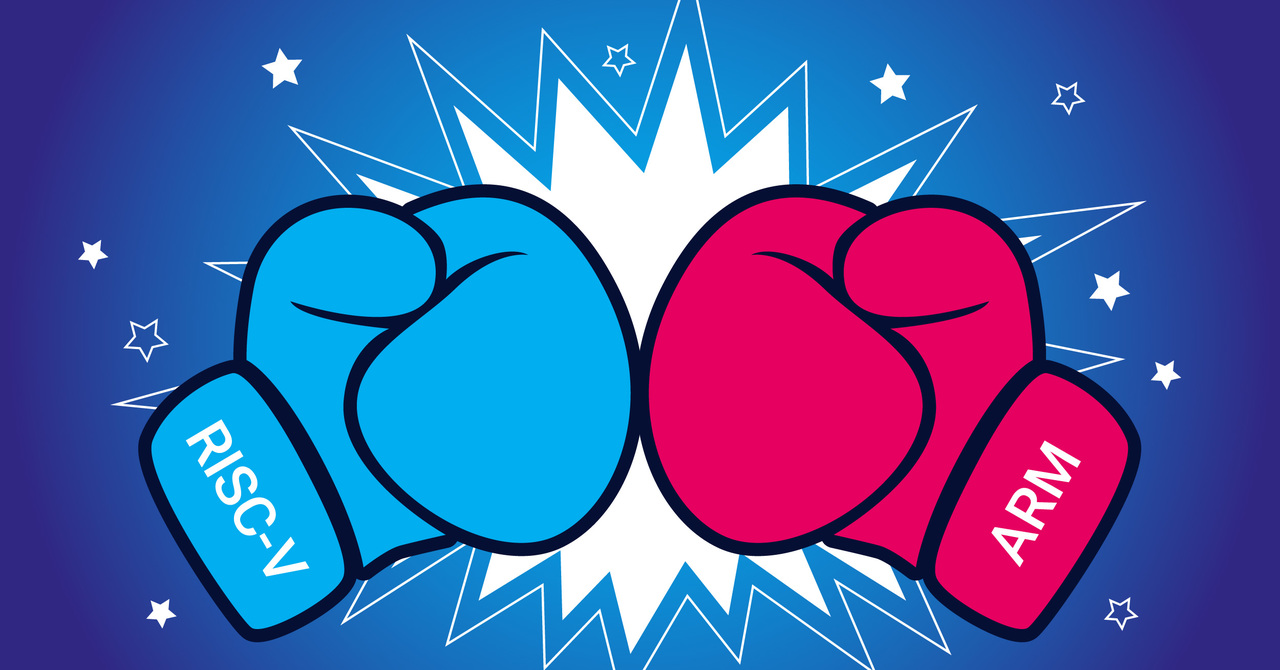Regular performance monitoring of IT infrastructure like an integrated hybrid cloud monitoring setup is part of day-to-day IT operations in large and medium-sized companies. But even many smaller firms appreciate the advantages of monitoring system usage, open memory space, accessibility, and quality of service.
After all, IT would prefer not to have to hear from end-users that components have broken down, even in these fairly manageable environments. One such "proactivity" that is often sworn by promises smooth processing, wherein, for example, the administrator knows days in advance that hardware space is running low and can optimize resource allocation.
What If We Can't Turn To Our Own IT Teams To Solve The Problem?
The growing trend is to purchase cloud services that can make IT work significantly easier. But this simple yet appropriate proposition unfortunately contains a pitfall for administrators that should not be underestimated.
The classical situation at the beginning of hybrid cloud monitoring: Shares can be monitored splendidly on the on-premises storage domain. This even works with the standard applications in operating systems in a pinch, or with storage systems. Any performance issues will be discovered by network professionals in their Switch consoles or monitoring tools, and pretty quickly. Not a big problem in the on-premises data centers part of hybrid environments.
But what happens if the "dropbox" isn't working correctly, the OneDrive memory is full, or e-mails from a hosted mail service aren't going out? Who do the outraged users ultimately turn to in these situations? Most likely, their company's IT teams.
This creates troubleshooting challenges when the root cause lies outside your direct control.
Hybrid Cloud Monitoring Is Essential - Even For Service Providers
Cloud-based services (running in the public cloud) are extremely practical for the user, as long as they function without a single problem. Since the in-house IT teams only have a very limited scope of influence in these situations (that is to say, the barest minimum), administrators and IT workers are frequently no less helpless and clueless than the users.
Luckily, IT professionals on the side of the service providers generally take excellent care of their machines and services. After all, the satisfaction of SLAs (service level agreements) is at stake - and these are generally formulated a lot more precisely than the firm's own services.
The Operational Reality of Multi-Cloud Workflows
Here's where things get interesting - and complicated. Most organizations aren't dealing with just one cloud architecture. You've got workloads spread across multiple platforms, each creating its own observability challenges:
- AWS workloads with their own API and performance metrics
- Microsoft Azure services running critical apps
- Google Cloud resources handling specific workflows
- Private cloud infrastructure for sensitive data
- On-premises data centers managing legacy systems
Each platform reports cloud performance differently, has unique bottlenecks, and requires different remediation approaches. The user experience suffers when you can't correlate what's happening across this ecosystem.
Downtime becomes a nightmare to debug because you need to check multiple dashboards, piece together workflows from different sources, and somehow figure out which piece of your cloud architecture is actually causing the problem.
The MTTR (Mean Time To Resolution) stretches out while you're manually jumping between platforms trying to get actionable insights.
What Makes End-to-End Network Monitoring Actually Work
You need more than just basic monitoring - you need a single pane of glass that can streamline your IT environment oversight. Following industry best practices for hybrid clouds, this approach reduces complexity significantly. Here's what actually matters when you're evaluating hybrid cloud monitoring solutions:
✓ Real-time observability that doesn't lag
When apps start acting up or cloud performance degrades, you need real-time alerts, not five minutes later when users are already complaining about their digital experience.
✓ Automation that handles routine tasks
Nobody has time to manually restart services or correlate network performance data across multiple clouds. Smart automation uses machine learning to spot patterns and trigger remediation workflows automatically. As detailed in the Azure cloud monitoring documentation, this automated approach is becoming essential for enterprise environments.
✓ A dashboard that actually makes sense
You shouldn't need three different screens to understand if your workloads are running at optimal performance. The best solutions give you end-to-end visibility without information overload.
✓ Smart alerting that focuses on what matters
Focus on vulnerabilities and issues that actually impact user experience and application performance, not every minor network performance blip.
Use PRTG for Hybrid Cloud Monitoring - Because All Clouds Are Not Created Equal
It would be too easy to lump all cloud services together. That's why administrators also need various options for hybrid cloud monitoring solutions.
In particular, hybrid cloud infrastructure functions, where IT professionals might operate a part of the systems with a hosting provider, and link that with the on-premises primary system via VPN/DirectAccess connection, hardly represent a real challenge.
These Infrastructure-as-a-Service setups work well because:
- VPN connections integrate remote VMs into your primary network
- Standard monitoring tools work the same as with local servers
- Only latency and scalability feel different due to internet routing
As long as the administrator operates several VMs conjointly in one hosted data center, installing hybrid cloud monitoring tools on one of the VMs is another option for monitoring. This ensures that all performance metrics of this "remote server room" are controlled with zero latency.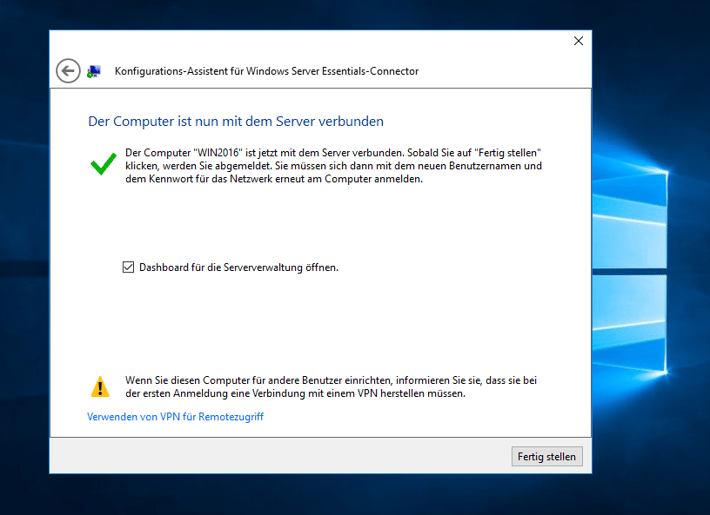
Hybrid Cloud Monitoring made easy: As soon as VPN technology is called into action, administrators can monitor servers from cloud platforms like normal machines.
However, if there is no common platform of any kind, since the server has no common connectivity except for the public internet, other methods are needed. Then hybrid cloud monitoring is limited to the services themselves.
Administrators will then, for example, keep an eye on the response speed of the website or the reaction on the SMTP port. However, this can lead to certain "distortions" in performance metrics. The PING time from Europe to a webserver located in Asia is naturally not exactly staggering.
i Quick Tech Note: Ping is a command-line utility, available on virtually any operating system with network connectivity, that acts as a test to see if a networked device is reachable. The ping command sends a request over the network to a specific device. A successful ping results in a response from the computer that was pinged back to the originating computer. Read more ...
Professional hybrid cloud monitoring solutions like PRTG tackle this with a smarter approach. This allows special cloud sensors positioned on different continents to provide "localized monitoring" for more accurate performance metrics.
PRTG's comprehensive monitoring platform includes:
- Specialized sensors for Amazon AWS, Microsoft Azure, and Google Cloud
- SaaS monitoring for mail services, OneDrive, Dropbox, and Google Analytics
- Real-time observability across your entire multi-cloud ecosystem
- Machine learning-powered automation for faster remediation
- A unified dashboard providing that crucial single pane of glass view
- API integration capabilities to streamline existing workflows
This cost-effective approach helps identify dependencies, prevent bottlenecks, and maintain optimal performance across all your cloud resources.
Getting Hybrid Cloud Monitoring Right
Hybrid cloud environments require monitoring tools that can provide a unified view across your entire IT infrastructure. PRTG's specialized sensors and localized monitoring capabilities give you the visibility you need across your infrastructure - whether it's in your on-premises data centers or distributed across cloud providers.
The automation and machine learning capabilities help streamline your workflows while reducing MTTR when issues do arise.
Start your free PRTG trial and see how straightforward hybrid cloud monitoring can be.
 Published by
Published by 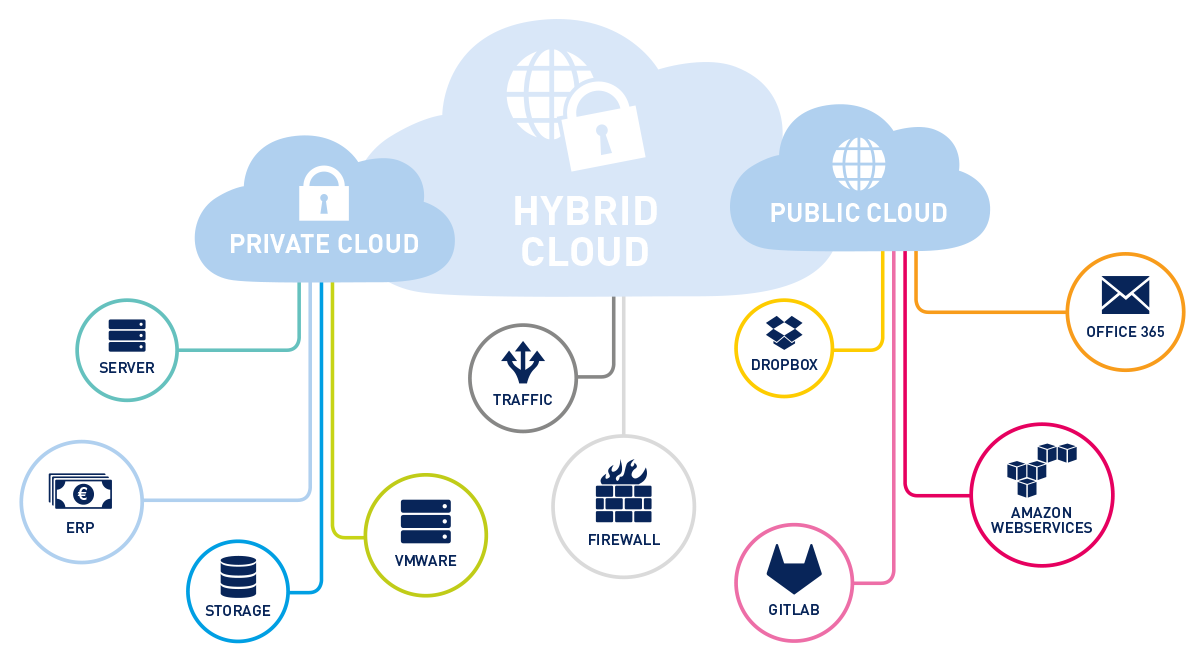


.jpg)
